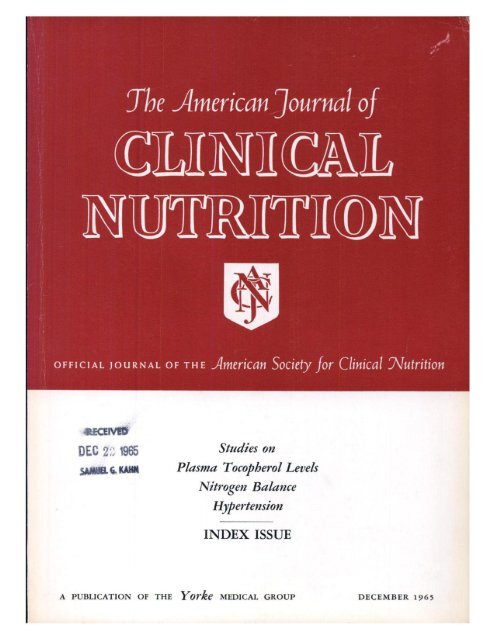评估怀孕期间铁和叶酸与多种微量营养素补充剂的依从性和可接受性:柬埔寨的一项集群随机非劣效性试验。
IF 6.5
1区 医学
Q1 NUTRITION & DIETETICS
引用次数: 0
摘要
背景:柬埔寨卫生部正在探索怀孕期间从铁和叶酸(IFA)过渡到多种微量营养素补充剂(MMS),并正在寻求严格的证据来为这一政策变化提供信息。目的:我们的目的是评估妊娠期间MMS与IFA补充的依从性和可接受性。方法:我们在柬埔寨的48个卫生中心进行了一项开放标签集群随机非劣效性试验。在首次产前检查(ANC)时,共招募了1546名健康孕妇(18-45岁)(结果:总体而言,88%的参与者完成了试验,各组的平均依从率很高(IFA-90组91%,MMS-180组95%,MMS-90组95%)。MMS-180组和IFA-90组依从率的调整平均(95% CI)差异为3.9%(1.7,6.2)。MMS-180组和MMS-90组ANC就诊的调整平均(95% CI)差异为0.0(-0.1,0.2)次。MMS的可接受性是积极的(在六个领域中90-100%的“一致性”)。结论:IFA和MMS都是高度可接受的,但MMS的依从性优于IFA。这些发现支持了柬埔寨从IFA到MMS的转变。试验注册:Clinicaltrials.gov (NCT05867836)。本文章由计算机程序翻译,如有差异,请以英文原文为准。
Assessing the adherence and acceptability to iron and folic acid compared with multiple micronutrient supplements during pregnancy: a cluster-randomized noninferiority trial in Cambodia
Background
The Cambodian Ministry of Health is exploring transitioning from iron and folic acid (IFA) to multiple micronutrient supplements (MMS) during pregnancy and is seeking rigorous evidence to inform this policy change.
Objective
We aimed to assess the adherence and acceptability of MMS compared with IFA supplementation during pregnancy.
Methods
We conducted an open-label cluster-randomized noninferiority trial across 48 health centers in Cambodia. A total of 1546 healthy pregnant individuals (18–45 y) were recruited at their first antenatal care (ANC) visit (<14 weeks of gestation) and randomized to 1 of 3 arms at the health center level: 1) IFA for 90 d (IFA-90, n = 515), the current standard of care; 2) MMS for 180 d via 1 180-tablet bottle (MMS-180, n = 516); or 3) MMS for 180 d via 2 90-tablet bottles (MMS-90, n = 515). Our primary outcome was the noninferiority of adherence rates of MMS-180 compared with IFA-90, assessed by tablet counts and compared against a predefined noninferiority margin of −15%. Mixed-effects linear regression models were used to estimate the mean difference (95% confidence interval [95% CI]) in adherence rates. Our secondary outcomes included the mean difference in ANC attendance between the MMS groups and the acceptability of MMS across 6 domains.
Results
Overall, 88% of participants completed the trial, with high mean adherence rates across arms (91% for IFA-90, 95% for MMS-180, and 95% for MMS-90). The adjusted mean (95% CI) difference in adherence rates between MMS-180 and IFA-90 groups was 3.9% (1.7, 6.2). The adjusted mean (95% CI) difference in ANC visits for MMS-180 and MMS-90 groups was 0.0 (−0.1, 0.2) visits. The acceptability of MMS was positive (90%–100% “agreement” across 6 domains).
Conclusions
Both IFA and MMS were highly acceptable, yet adherence to MMS was superior to IFA. These findings support the transition from IFA to MMS in Cambodia.
This trial was registered at Clinicaltrials.gov as NCT05867836.
求助全文
通过发布文献求助,成功后即可免费获取论文全文。
去求助
来源期刊
CiteScore
12.40
自引率
4.20%
发文量
332
审稿时长
38 days
期刊介绍:
American Journal of Clinical Nutrition is recognized as the most highly rated peer-reviewed, primary research journal in nutrition and dietetics.It focuses on publishing the latest research on various topics in nutrition, including but not limited to obesity, vitamins and minerals, nutrition and disease, and energy metabolism.
Purpose:
The purpose of AJCN is to:
Publish original research studies relevant to human and clinical nutrition.
Consider well-controlled clinical studies describing scientific mechanisms, efficacy, and safety of dietary interventions in the context of disease prevention or health benefits.
Encourage public health and epidemiologic studies relevant to human nutrition.
Promote innovative investigations of nutritional questions employing epigenetic, genomic, proteomic, and metabolomic approaches.
Include solicited editorials, book reviews, solicited or unsolicited review articles, invited controversy position papers, and letters to the Editor related to prior AJCN articles.
Peer Review Process:
All submitted material with scientific content undergoes peer review by the Editors or their designees before acceptance for publication.

 求助内容:
求助内容: 应助结果提醒方式:
应助结果提醒方式:


